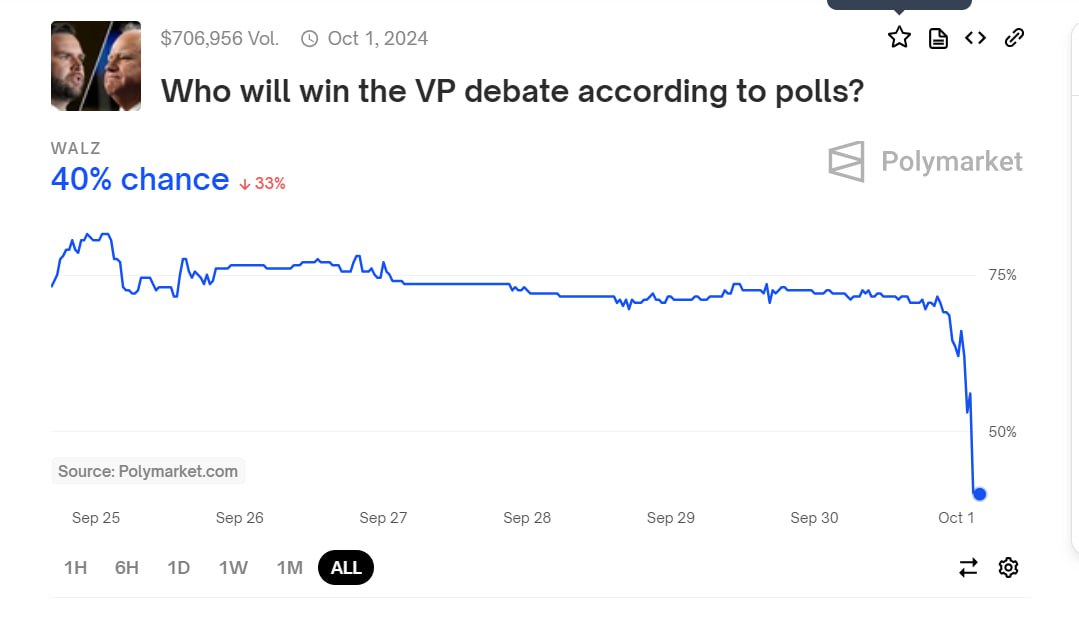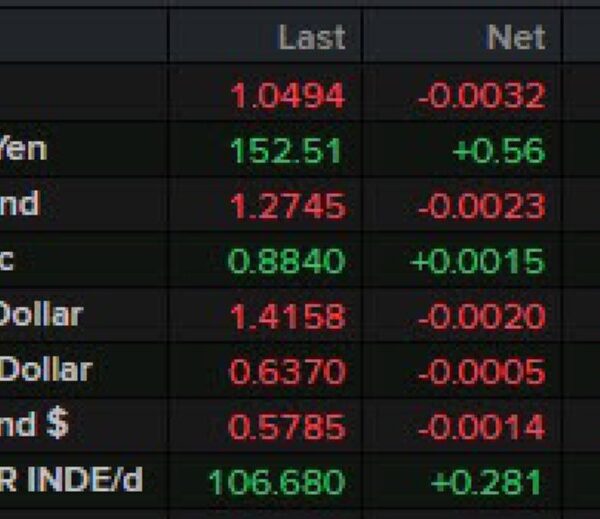

Burberry’s brand value has plunged in the last year as the company fights the dual challenges of a luxury downturn and a disastrous internal turnaround plan.
Kantar’s annual BrandZ ranking of brand values saw Burberry lose nearly $2 billion in brand value compared with 2023. The group was the second biggest faller among a ranking of the U.K.’s 75 most valuable brands, behind financial advisor St. James’s Place.
The luxury industry is fighting a downturn that has been felt across the board, as buyers reign in “revenge shopping” that bounced after the COVID-19 pandemic, while the richest proved they weren’t completely insulated from the cost of living crisis.
LVMH’s Bernard Arnault was bumped from his title of the world’s richest man to as low as the fifth richest after LVMH’s shares faced a wipeout. Swiss watchmakers were similarly affected and forced to put their staff on state-funded furlough amid a downturn.
The luxury downturn “makes it all the more important that these brands really stand out from the competition—both from high end and the high street—in a way that is relevant and meaningful to shoppers to justify their prices. That’s something Burberry has struggled to do this year,” says Adele Jolliffe, head of brand consultancy, insights division at Kantar.
Burberry’s struggles
Unfortunately for Burberry, the luxury downturn coincided with continued internal struggles with a stuttered and drawn-out turnaround plan.
The U.K. luxury brand has halved in value through 2024. In July, the company ousted CEO Jonathan Akeroyd after issuing its third profit warning of 2024. It also suspended its dividend, causing shares to plunge.
Akeroyd inherited a struggle many of his predecessors also failed to topple, namely a dreaded rebrand to shift it from mid-end to high-end luxury.
Burberry reportedly began laying off hundreds of employees in July as investors sold off shares in the company.
Dan Coatesworth, an investment analyst at AJ Bell, said in September that the company was vulnerable to a takeover due to its falling valuation.
The company was booted out of the FTSE100—the premier club for the U.K.’s biggest stocks—in August after months of declines in its valuation.
After it was knocked off the FTSE100 in August, Jelena Sokolova, a senior equity analyst at Morningstar, gave her insights into Burberry’s decline.
The key reasons for Burberry’s tumbling valuation were “high exposure to slower growing apparel and relatively small exposure in terms of revenue to iconic outerwear products,” said Sokolova.
“An unsuccessful push into fashion-forwardness with three creative director changes over the last 10 years and a failed push into leather goods, [which is a] very competitive area with strong established players where Burberry’s brand is not strong enough.
“[Then there’s] recent price hikes coinciding with a slowdown in luxury buying and a special weakness of aspirational consumer.”
Kantar’s BrandZ ranking tracks how a brand is perceived in shoppers’ eyes, suggesting Burberry’s turnaround plan is not landing so far.
Sokolova still sees value in the company, spurring hopes it can recover from its drawn-out rough patch.
“Historically, luxury downturns have not lasted longer than one to two years and Burberry has a chance to reinvent itself through a renewed focus on key outerwear collections and more affordable ranges.”
A representative for Burberry didn’t immediately respond to Fortune’s request for comment.
While Burberry declined in this year’s ranking, other retailers, including Marks & Spencer, experienced a boost in the eyes of shoppers. M&S realized a 38% in brand value compared with 2023.
Kantar’s Jolliffe said M&S was seeing “significant improvements in how people view the brand across both grocery and fashion,” including a positive shift in how shoppers think about its clothes compared with competitors.
“We’re seeing the business case for brand building being championed more and more as boardrooms realise just how important it is in driving profitable, long-term growth.
“What needs to come now is an emphasis on building brands in the right way and that’s where marketers can really prove their worth.
“As this year’s ranking shows yet again, it is the brands which differentiate themselves in a meaningful way with consumers who triumph.”















